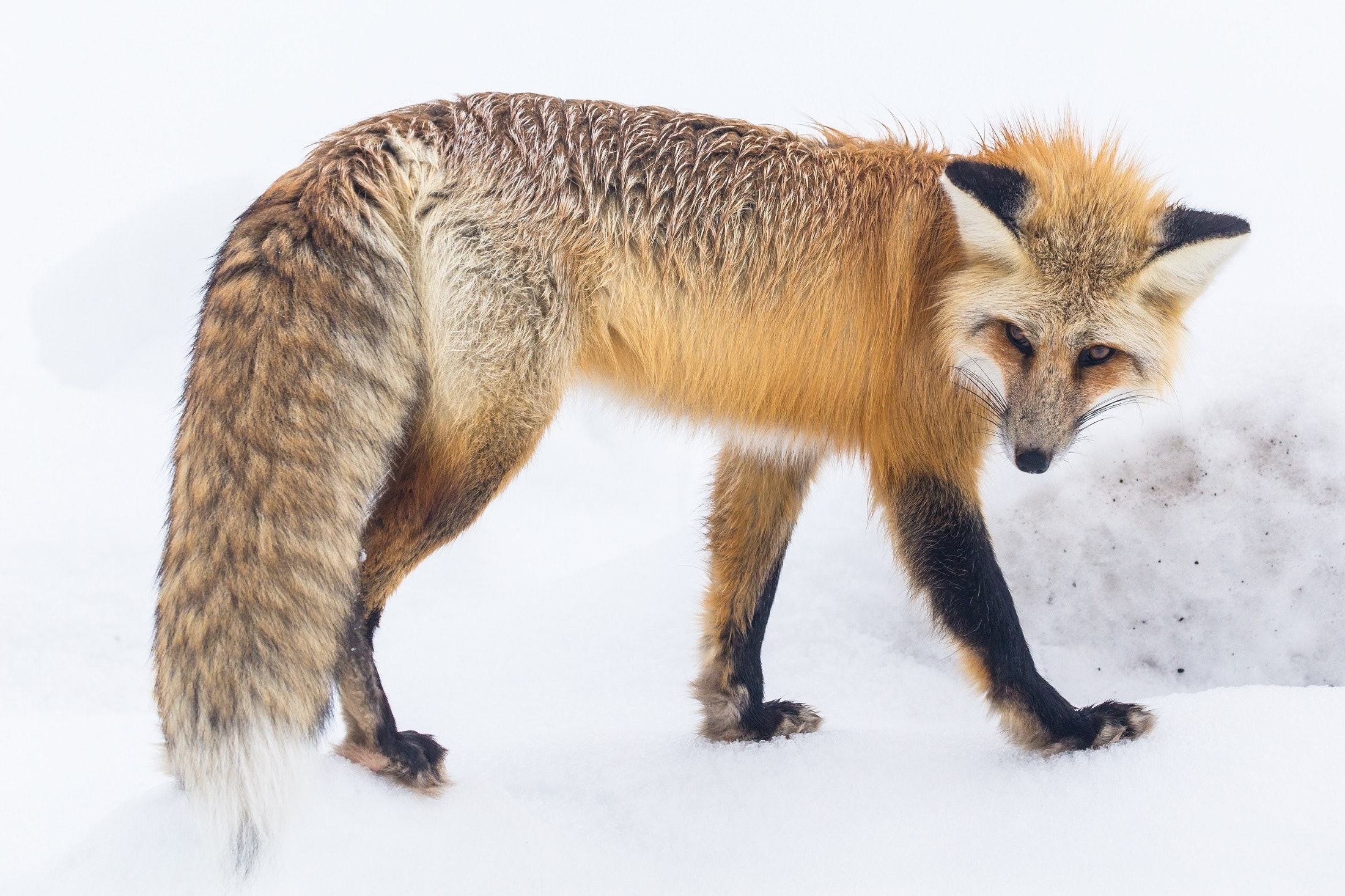Climate change may be forcing foxes of different species to fight it out in the Northwest Territories in the near future.
Parks Canada identified the risk of certain species moving northwards and competing with native species for habitat back in 2017. One of the species who may be moving north are red foxes.
According to Darren Campbell, spokesperson for the GNWT’s Department of Environment and Natural Resources, studies have shown in Scandinavia the red fox can be more successful in some habitats than the Arctic fox.
“It is difficult to predict what will happen as red foxes move into Arctic fox habitat in NWT and Nunavut,” he said in an email. “Currently, the arctic fox is the only species of fox that has shown it can survive and thrive in our harsh northern landscapes, northern tundra and sea ice.”
However that may be changing.
The website INaturalist.ca — which uses crowdsourced public animal sightings to track animal populations — has reported sightings of both red and Arctic foxes in Inuvik during the summer months.
Campbell said ENR relies on public sightings to keep track of population numbers, so can’t be sure of the exact number of either red or Arctic foxes.
Mammals and other species moving northward is one of the predicted outcomes of climate change,” said Campbell.
Arctic foxes’ populations already fluctuate year-to-year depending on the availability of food. Climate change may further impact food security for Arctic foxes and the extra competition from red foxes moving north could increase competition for food that may already be limited.
“These movements are happening now and will continue in the future,” added Campbell. “Reducing our greenhouse gas emissions will slow this phenomenon. But we will also need to adapt to species moving north.”
“ENR is developing an overall climate change adaptation strategy for wildlife management. Key actions, including possible mitigation, will be included for many northern wildlife species.





